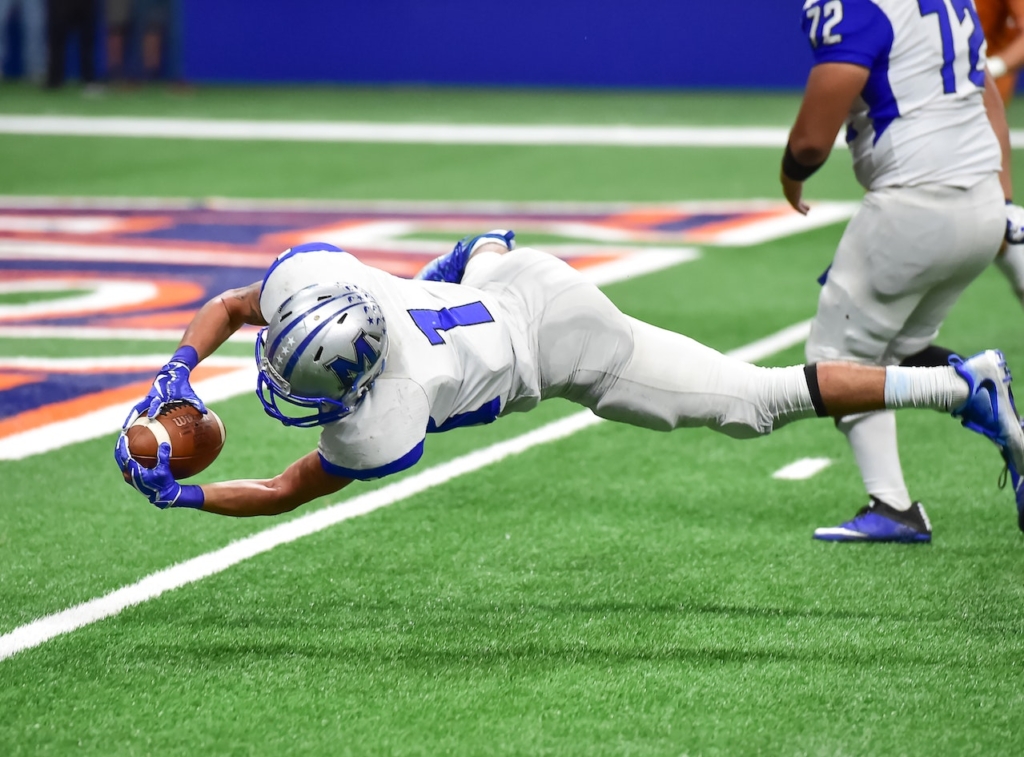A concussion is a traumatic brain injury that occurs when an impact violently jars the head and brain. Though concussions can happen anywhere, they are most common in sports like football, soccer, hockey, and basketball—where contact is expected. It’s essential to understand why concussions occur in these sports and how players can best protect themselves. Let’s break it down.
What Are the Symptoms of Concussions?
Common physical symptoms of concussions include headache, nausea, vomiting, dizziness, blurred vision, sensitivity to light and sound, tiredness or fatigue, balance problems, feeling slowed down (or in some cases speeding up), confusion, or difficulty thinking clearly and concentrating. Emotional or mood changes are also possible after a concussion including irritability or being more emotional than usual.
In addition to these common symptoms of concussions, long-term effects such as memory loss or difficulty learning new information may also develop if not treated properly. These long-term effects can last for months and may require specialized medical care to treat effectively.

Sports Most Prone to Concussions
Football has long been considered one of the most dangerous sports when it comes to head injuries and concussions. In fact, a 2017 study found that high school football players sustain more than 11,000 concussions each year—more than any other sport. The reason for this is twofold: firstly, football involves a lot of contact; secondly, helmets offer limited protection against concussion-causing impacts.
Soccer is another sport with a high rate of concussion-causing collisions. In fact, according to a 2016 study from the American Journal of Sports Medicine, soccer had the highest rate of reported concussions among girls’ high school sports between 2005 and 2014—with 3.19 reported concussions per 10,000 athlete exposures (AE).
Hockey was second on the list with 2.64 reported concussions per 10,000 AE, while boys’ lacrosse came in third with 1.95 reported cases per 10,000 AE. Basketball was fourth on the list with 1.68 reported cases per 10,000 AE while baseball had just 0.45 reported cases per 10,000 AE over the same period of time.
Preventing Concussions in Sports
It goes without saying that preventing head injuries should be a priority for all athletes playing contact sports like football or soccer—especially at higher levels where physicality is much greater than in recreational leagues or gyms/recreation centers where games are played for fun rather than competition.
To minimize your risk of sustaining a concussion while playing any sport: wear appropriate safety gear (e.g., helmets); observe proper tackling technique; avoid using your head as a weapon; practice good conditioning habits, and follow all rules established by your league or team for playing the game safely and responsibly!
All athletes should take steps to protect themselves from sustaining serious head injuries such as concussions while participating in contact sports like football or soccer—where collisions are inevitable due to their nature as competitive sports activities requiring physicality and athleticism from participants in order to succeed at them properly!
This could include wearing appropriate safety gear (e.g., helmets), observing proper tackling technique, avoiding using one’s head as a weapon during playtime/gameplay sessions/matches/etc., practicing good conditioning habits prior to engaging in such activities (to ensure peak performance whilst avoiding potential risks associated with overexertion/strain on one’s body/mind), and following all rules established by one’s respective league or team for safely playing said sport(s) responsibly!
Doing so will help ensure that one remains safe from potentially catastrophic events such as suffering from debilitating traumas caused by receiving severe head trauma whilst partaking in physical activity for entertainment purposes! Additionally, doing so may even increase one’s chances of success within their chosen field(s) of competition due to improved alertness levels by avoiding such potential risks altogether! With all this said…go forth and play safely—and have fun doing it!
